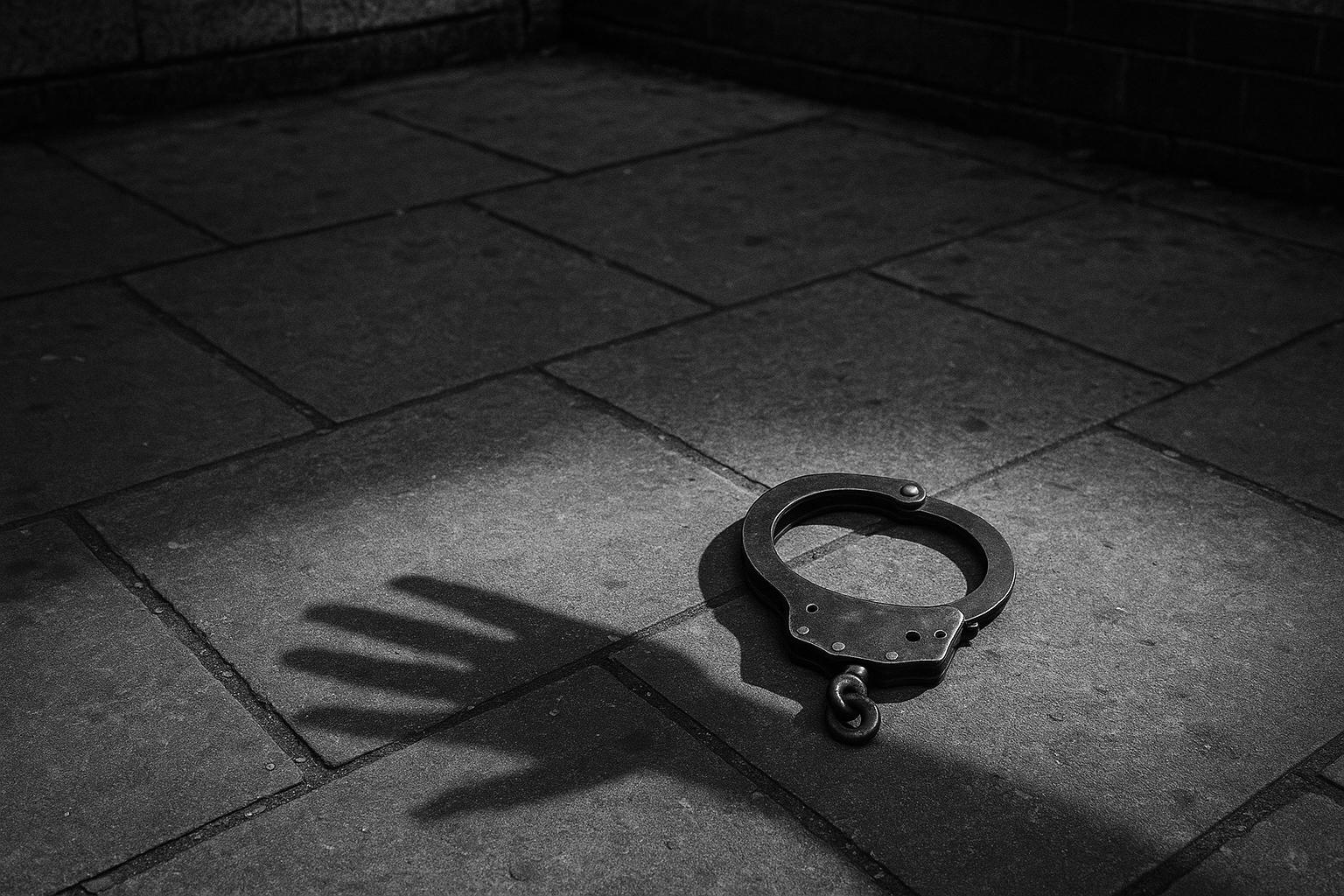An internal review into the Metropolitan Police Service has found that the force’s culture and leadership systematically perpetuate racial harm against Black people, creating an environment in which change is increasingly difficult. The report by Dr Shereen Daniels, titled "30 Patterns Of Harm," draws from internal documents and extensive evidence to assert that racial harm is not accidental or isolated but deeply embedded in the Met’s institutional design.
Daniels’ report is described as a pioneering analysis focusing on the institution's structural and cultural framework rather than individual incidents. It identifies an “advanced repertoire” within the Met that shields it from meaningful reform, sustaining patterns of discrimination and anti-Black practices. This includes disproportionate and coercive stop and search tactics, which Daniels argues serve to transform public spaces into de facto checkpoints where “blackness itself” becomes treated as a probable cause for suspicion. This finding echoes decades of criticism, dating back to the 1999 Macpherson Report’s landmark conclusion that the Met was institutionally racist. Yet, repeated inquiries and scandals, including a recent BBC investigation exposing racism and misogyny at Charing Cross police station, have failed to produce lasting change.
Commissioner Sir Mark Rowley has acknowledged the report’s call for urgent systemic and cultural reforms to make the Met “an actively anti-racist organisation.” Under his leadership, initiatives like A New Met for London and the London Race Action Plan have sought to improve trust, which recent data suggests is still lagging among Black Londoners despite a modest 10% increase in reported confidence over two years. Rowley emphasises accountability and ongoing efforts to root out discriminatory behaviour within the force, including the largest corruption purge in British policing history. However, the National Black Police Association contends that Rowley’s approach has fallen short, accusing him of creating an echo chamber that maintains the very structures perpetuating institutional racism.
Stop and search, a flashpoint for community mistrust, is a particular focus. Independent data and policing watchdog investigations reveal its disproportionate impact on Black people. For instance, a high-profile Independent Office for Police Conduct (IOPC) investigation is underway after a Black teenager was stopped and searched six times in five months, with allegations of racial profiling and excessive force. Statistics also show that blanket search powers under Section 60 more heavily target Black individuals, with lower hit rates than searches of white people, undermining claims of fairness or effectiveness. The Met has responded by committing to reforms emphasizing professionalism, respect, enhanced training, and community consultation to rebuild trust.
Beyond the Met, concerns over institutional racism in policing persist nationally. The IOPC continues to highlight ongoing race discrimination despite the two decades since Macpherson, with investigations such as Operation Hotton recommending cultural and procedural overhauls. Comparable findings internationally, such as an ACLU report on the Washington D.C. Metro Police’s stop-and-frisk data, show similar racial disparities, underscoring a widespread challenge in law enforcement approaches.
The report’s criticism of Met leadership for avoiding the language of "institutional racism" is particularly pointed. Daniels argues that refraining from naming the problem serves to protect institutional comfort at the expense of clarity and accountability. The pressing question she poses is not whether the Met can acknowledge institutional racism but whether it can undertake the far-reaching cultural and operational changes needed to stop racial harm from recurring.
The London Mayor’s office has echoed calls for stronger leadership and faster reforms, stressing that current efforts are insufficient to address long-standing systemic issues within the force. The convergence of the report’s findings, ongoing watchdog investigations, and community pressure highlights a critical crossroads for the Metropolitan Police. Without transformative change, the cycle of racial harm embedded in policing culture may well continue unabated.
📌 Reference Map:
- [1] (The Guardian) - Paragraphs 1, 2, 3, 4, 5, 6, 7, 8, 9, 10, 11, 12, 13
- [2] (The Guardian Summary) - Paragraphs 1, 2
- [3] (Reuters) - Paragraphs 5, 6
- [4] (IOPC Report) - Paragraph 6
- [6] (IOPC Race Discrimination) - Paragraph 7
- [7] (The Independent) - Paragraph 6
Source: Noah Wire Services
